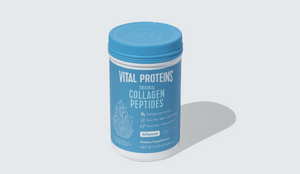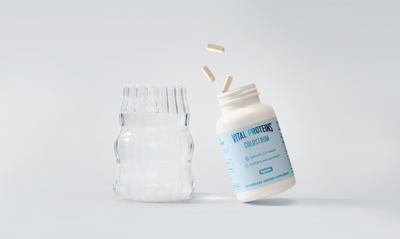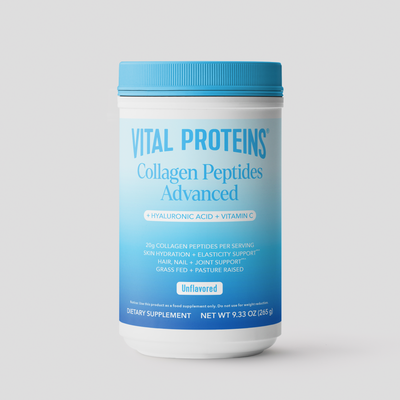If you search red light therapy, you’ll get results for all kinds of at-home gadgets ranging from face masks to wands to light panels (many of which promise a glowing complexion). And while red light therapy has become trendy for its potential skin-boosting benefits, that’s not all it has to offer. Keep scrolling to learn a bit more about red light therapy, what it can be used for and why researchers believe it may be effective at helping with certain conditions.
What is red light therapy?
First and foremost, what exactly is red light therapy? Also known as low-level laser therapy (LLLT), low-power laser therapy (LPLT), and photobiomodulation therapy (PBM), red light therapy is thought to help promote wound healing, tissue repair and skin rejuvenation. To break it down simply, red light therapy exposes you to both red light and near-infrared wavelengths.
If you’re getting cringey flashbacks to tanning beds, don’t fret: these specific wavelengths do not burn or damage the skin (unlike those dangerous UVA rays from the sun or found in tanning beds).

How does it work?
Okay, so how does exposing our skin to these wavelengths actually translate to something like a glowing complexion? The fancy term here is photobiomodulation, which basically means different components of our cells are activated when exposed to different wavelengths of light.
“Red light is thought to exert its benefit on a cellular level by encouraging mitochondria (the cellular organelle responsible for creating energy in the cell) to work harder,” says Adarsh Vijay Mudgil, M.D., medical director of Mudgil Dermatology.
“This purportedly has a host of downstream effects including reducing inflammation and stimulating collagen—which in turn—improves the appearance of one's complexion.**” Mudgil also points out that this kind of therapy can purportedly benefit various skin issues including acne, rosacea and wrinkles.**
Are there any side effects to be aware of?
If you’re thinking about trying out a red light treatment for the skin in particular, Mudgil notes that people with all skin types can partake, provided the treatments are performed in a safe manner under the direction of a professional.
What about any side effects? Hadley King, M.D., a board-certified dermatologist, highlights that more scientific studies are needed when it comes to any aftereffects of these treatments. “In the short-term, LED lights seem to be safe, but long-term safety of these light therapies remains uncertain,” she says.
Are There Potential Uses For Other Treatments?
While experts agree more clinical studies are needed (many studies to date use small sample sizes), there has been some evidence that shows red light therapy may also help with the following:
Dental pain: In one small study, people with a syndrome which causes discomfort and clicking in the jaw had less pain and jaw tenderness after red light therapy.**
Hair loss: Red light therapy is also gaining attention when it comes to hair loss. One study involved men with androgenic alopecia who were treated with red light therapy to an area of the scalp every other day for four months—the end of the study resulted in a 39 percent hair increase.** Another study demonstrated positive results for women dealing with the same issue. In the trial which involved 47 women, one group received red light treatment every other day for 16 weeks while the second group received a fake treatment. At the end, those who actively received red light therapy had a 39 percent hair increase compared to the placebo group.**
Wound healing: Studies have also found that red light therapy may even have the potential to help heal chronic wounds by encouraging new skin growth.**
As with any other treatment, be sure to speak with your healthcare provider or dermatologist to determine if red light therapy is the right fit for you and your specific concern.
Vital Note: This article has been made available for informational and educational purposes only. It is not intended to be a substitute for professional medical advice, diagnosis, or treatment. Always seek the advice of your physician or another qualified health provider with any questions you may have regarding a medical condition. Your licensed healthcare professional can best provide you with the diagnosis and treatment of any medical condition and assist you as well in deciding whether a dietary supplement will be a helpful addition to your regimen.















